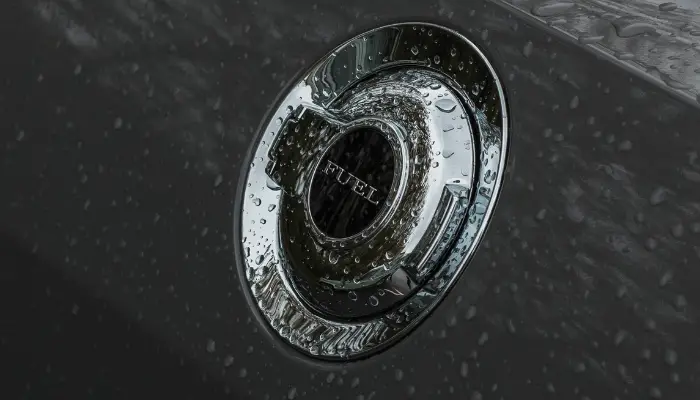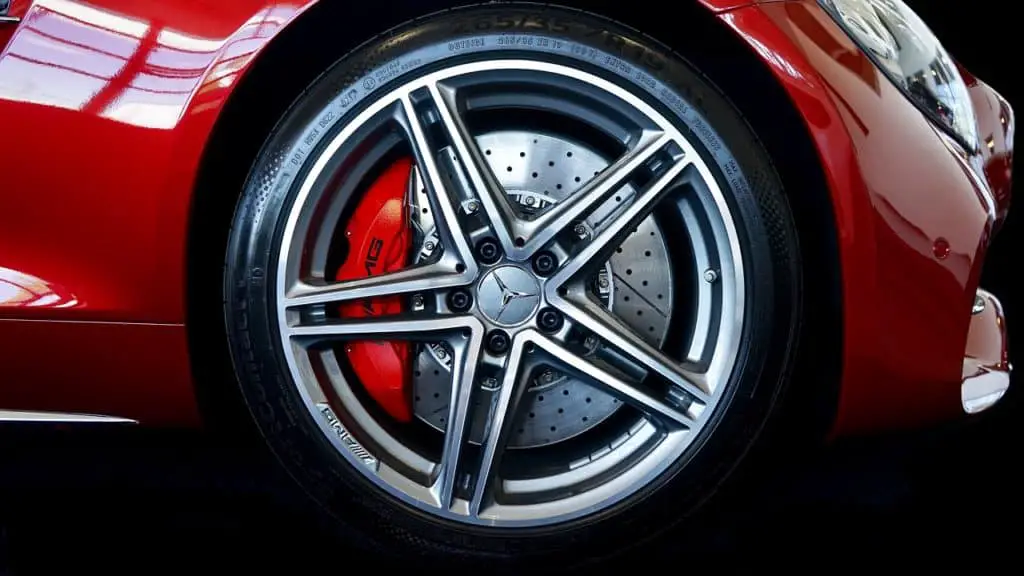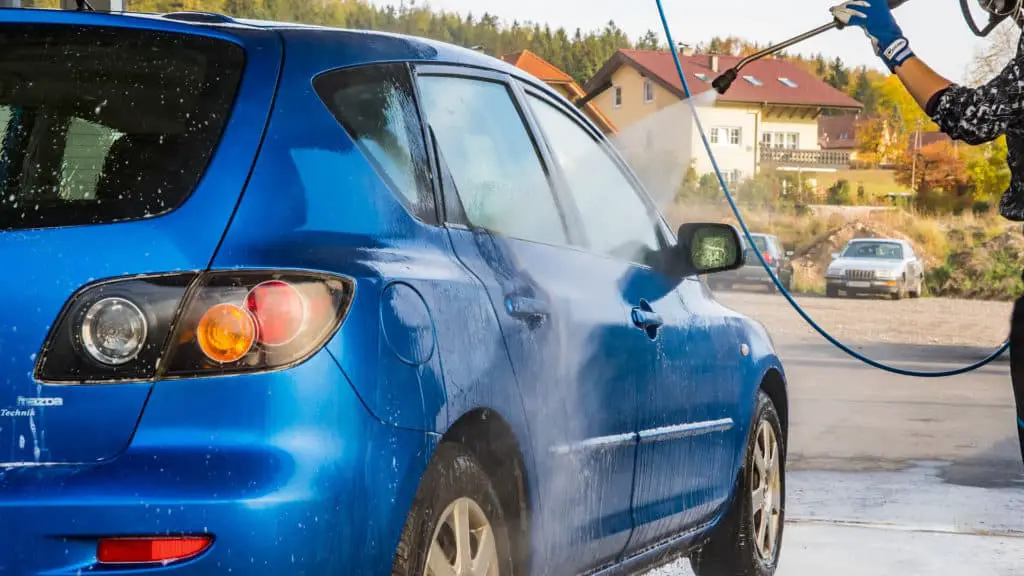- How to Clean Car Carpets Quickly (Without An Extractor) - July 10, 2024
- Can You Touch Up Clear Coat On A Car? Yes and No (Here’s Why) - November 25, 2023
- How To Wax A Car By Hand (For Beginners) - November 14, 2023
Last Updated on January 19, 2025 by Nate Schnell
The gas cap might seem like a minor component of your vehicle, but it plays an essential role in maintaining fuel efficiency, performance, and the overall integrity of your fuel system. This guide will explore why gas caps fail, the symptoms of a bad gas cap, and how to address the issue effectively.
Can a Gas Cap Go Bad?
Yes, a gas cap can wear out over time. Designed to seal the gas tank and maintain proper fuel system pressure, gas caps are often made from plastic and rubber materials. These materials degrade with constant exposure to environmental factors and frequent use. A faulty gas cap can compromise your vehicle’s performance and even trigger damage to other fuel system components.
Common Reasons Gas Caps Fail
Gas caps can fail for several reasons, including:
- Wear and Tear: Regular removal and replacement during refueling gradually weaken the threads and seals.
- Environmental Exposure: Harsh weather, temperature fluctuations, and exposure to corrosive elements contribute to material degradation.
- Physical Damage: Mishandling or accidents can crack or damage the gas cap, making it less effective at sealing the tank.
Symptoms of a Faulty Gas Cap
A bad gas cap often presents noticeable symptoms, such as:
- Loose or Improper Tightening: If the cap no longer tightens correctly or fails to click when secured, it may need replacement.
- Fuel Odor: A faulty seal can allow fuel vapors to escape, causing a noticeable gasoline smell around the vehicle.
- Check Engine Light: An illuminated engine light may indicate a problem with the evaporative emissions (EVAP) system, often caused by a poorly sealing gas cap.
Diagnosing a Bad Gas Cap
To determine whether your gas cap is the culprit:
- Inspect the Cap: Look for visible damage, such as cracks, worn threads, or a deteriorated seal.
- Check for Fuel Odors: Smelling gasoline near your vehicle may signal that the cap isn’t sealing properly.
- Scan for Trouble Codes: If the Check Engine Light is on, a diagnostic scan may reveal EVAP system issues linked to the gas cap.
Note: A bad gas cap can mimic symptoms of other EVAP system issues, such as a faulty purge valve. If replacing the gas cap doesn’t resolve the issue, further testing of the EVAP system is recommended.
Fixing a Faulty Gas Cap
Replacing a gas cap is a simple and cost-effective fix. Here’s how to do it:
- Locate the gas cap on your vehicle, typically near the gas tank.
- Remove the old gas cap by unscrewing it.
- Install a new gas cap, ensuring it’s compatible with your vehicle’s make and model.
- Tighten the cap until it clicks or feels secure, but avoid overtightening to prevent damage.
Potential Issues From Driving With a Bad Gas Cap
Driving with a faulty gas cap can lead to several problems:
- Reduced Fuel Efficiency: Fuel vapors escaping the tank decrease overall fuel economy.
- Higher Emissions: A compromised seal increases emissions, contributing to environmental harm.
- Fuel System Damage: Contaminants can enter the fuel system, potentially clogging components like injectors or filters.
Can a Bad Gas Cap Cause Hard Starting?
Yes, in some cases. A leaky gas cap may allow air to enter the fuel system, creating a lean fuel mixture that makes starting difficult, especially in cold weather. Additionally, improper sealing can reduce fuel pressure, further complicating engine starts.
How Much Does It Cost to Replace a Gas Cap?
Replacing a gas cap is affordable, with prices ranging from $10 to $50 for most vehicles. Choosing between an OEM or aftermarket cap affects the cost. If you hire a mechanic to replace it, labor may add $20 to $50 to the total expense.
How Long Do Gas Caps Last?
The average lifespan of a gas cap is around five years or 50,000 miles. However, this varies based on material quality, environmental exposure, and maintenance. Regularly inspecting your gas cap can help ensure it lasts as long as possible.
Conclusion
Though small and often overlooked, the gas cap is a vital component of your vehicle’s fuel system. Regular inspection and timely replacement can prevent performance issues, improve fuel efficiency, and protect the environment. Address any symptoms of a faulty gas cap promptly to maintain your vehicle’s reliability and performance.



